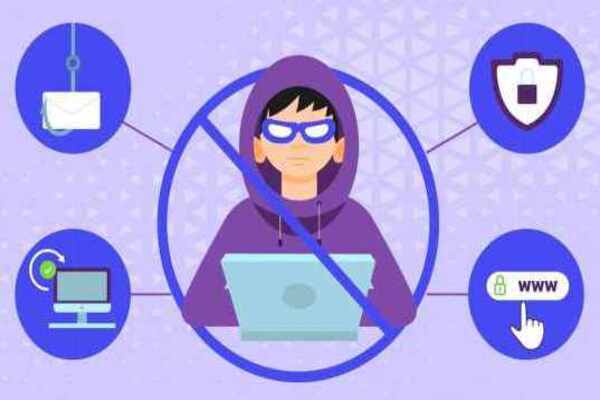With most children able to access or own a smartphone or tablet, parents must stay informed about the latest cybersecurity threats targeting kids to better protect them from potential harm. Kaspersky experts explore some of the key cybersecurity trends parents should be aware of, and safeguard their children’s online activities.
- Children will increasingly use AI tools that, so far, are not ready to provide the necessary level of cybersecurity and age-appropriate content
According to UN research, about 80% of young people claim they interact with AI multiple times a day. With the development of AI, numerous little-known applications have emerged with seemingly harmless features, such as uploading a photo to receive a modified version. However, when children upload their images to such applications, they never know which databases their photos will ultimately remain, and whether they will be used further.
Moreover, AI apps, specifically, chatbots can easily provide age-inappropriate content when prompted. For instance, there is a multitude of AI chatbots that are specifically designed to provide an “erotic” experience. Even though some require a form of age verification, this is dangerous since some children might opt to lie about their age and the prevention of such cases is insufficient.
- The growth of malicious actors’ attacks on young gamers
According to the latest online statistics, 91% of children aged 3-15 play games on any device. For some games, unmoderated voice and text chat is a large part of the experience. With more young people online, criminals can virtually build trust in the same way they would in person.
Firstly, cybercriminals gain the trust of young players by luring them with gifts or promises of friendship. Once they have the confidence of a young gamer, they then obtain their personal information by suggesting that they click on a phishing link, which downloads a malicious file onto their device disguised as a game mod for Minecraft or Fortnite or even grooming them.
- The development of the fintech industry for kids marks the appearance of new threats
An increasing number of banks are providing specialised products and services tailored for children, including banking cards designed for kids as young as 12. Yet, with the introduction of banking cards for children, the latter also becomes susceptible to financially motivated threat actors and vulnerable to conventional scams, like promises of a free PlayStation 5 or other valuable assets after entering card details on a phishing site. Using social engineering techniques, cybercriminals might exploit children’s trust by posing as peers and requesting the sharing of card details or money transfers to their accounts.
- The number of smart home threat cases with children being potential targets, will increase
Despite the increasing number of cases of threats to smart home devices, manufacturers are not rushing to create cyber-immune tech that preemptively prevents potential exploits of vulnerabilities. However, this also means children can become tools for cybercriminals in an attack.
For instance, if a smart device becomes a fully functional surveillance tool and a child is home alone, cybercriminals can contact them through the device and request sensitive information such as their name, address and time, when their parents are not at home — or even their parents’ credit card number. In such a scenario, beyond just device hacking, there is also a risk of financial data loss or even a physical attack.
- Children will demand their personal online space be respected
As children mature, they develop greater self-awareness, encompassing an understanding of their personal space, privacy, and sensitive data, both offline and in their online activities. Consequently, when a parent firmly communicates the intent to install a parenting digital app on a device, not all kids will take it calmly.
This is why parents now require the skill to discuss their offspring’s online experience and the importance of parenting digital apps for online safety while respecting personal space. This involves establishing clear boundaries and expectations and discussing the reasons for using the app with any child.
6. Children are eager to download apps that are unavailable in their country but stumble upon malicious copies
If an app is unavailable in your region, young users will look for alternatives, which is often a malicious copy. Even if they turn to official app stores like Google Play, they still run the risk of falling prey to cybercriminals.
From 2020 to 2022, Kaspersky researchers have found more than 190 apps infected with Harly Trojan on Google Play, which signed up users for paid services without their knowledge. A conservative estimate of the number of downloads of these apps is 4.8 million, but the actual figure of victims may be even higher.
Cybersecurity threats
“As we can see, many of the trends that are playing out in society are also affecting children, making them potential targets for attackers. This includes both the development and popularity of AI and smart homes, as well as the expansion of the world of gaming and the fintech industry,” says Andrey Sidenko, Security and Privacy expert at Kaspersky.
“Therefore, it is crucial to teach children the basics of cybersecurity from an early age how not to fall into the trap of cybercriminals, what cyber threats can occur during gaming, and how to properly protect your data. All this is now a must-have knowledge not only for adults but also for the youngest users,” adds Sidenko.

